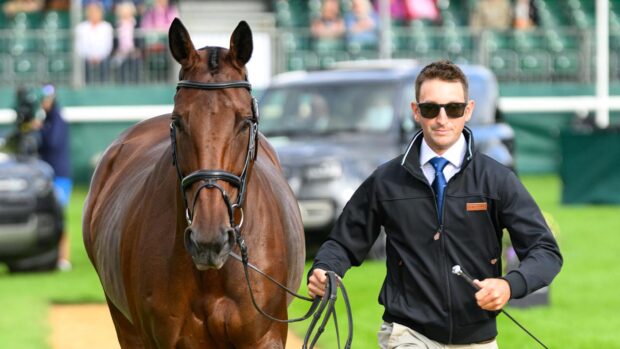The Division of Equine Studies at Liverpool University is about to undertake a two-year study of the risk factors associated with horse falls at horse trials and three-day events.
The project, which is funded by the Home of Rest for Horses, intends to complement the Transport Research Laboratory’s work for British Eventing (BE) using a mechanical horse, the results of which are expected shortly.
The new study will concentrate on injuries to the horse rather than the rider. Theaim is to allow logical changes to be made to eventing to decrease the incidence of injuries.
Risk factors to be studied include the event itself, the obstacle, the horse and the competitor. In the case of three-day events, the study is likely to concentrate on phase D. It is possible that falls on the flat during the cross-country phase will also be considered.
Dr Ellen Singer, who is leading the project, said: “We intend to study one event midweek and one selected randomly each weekend including every three-day-event, giving a total of around 40 per year during the 2001/2002 season, which from our pilot study we would expect to give around 200 falls.”
BE chief executive Peter Durrant said: “The research projects which have been undertaken by the Transport Research Laboratory and Liverpool University go hand in hand to help us reduce the risk of injuries to horses and riders, while ensuring that eventing remains an exciting and challenging sport.
“The amount of falls compared to the number of fences jumped in a typical year’s eventing is actually very small, but the welfare of horses and riders must remain paramount.”
For the full feature on research to improve eventing safety see Horse & Hound’s first show number, available from newsagents on 22 February.


